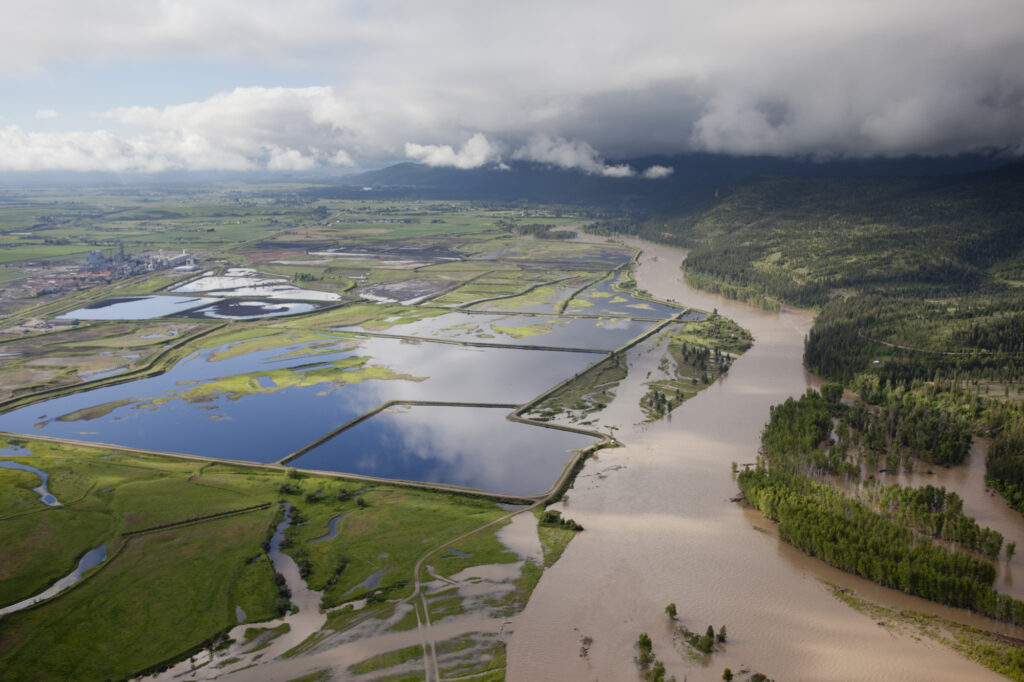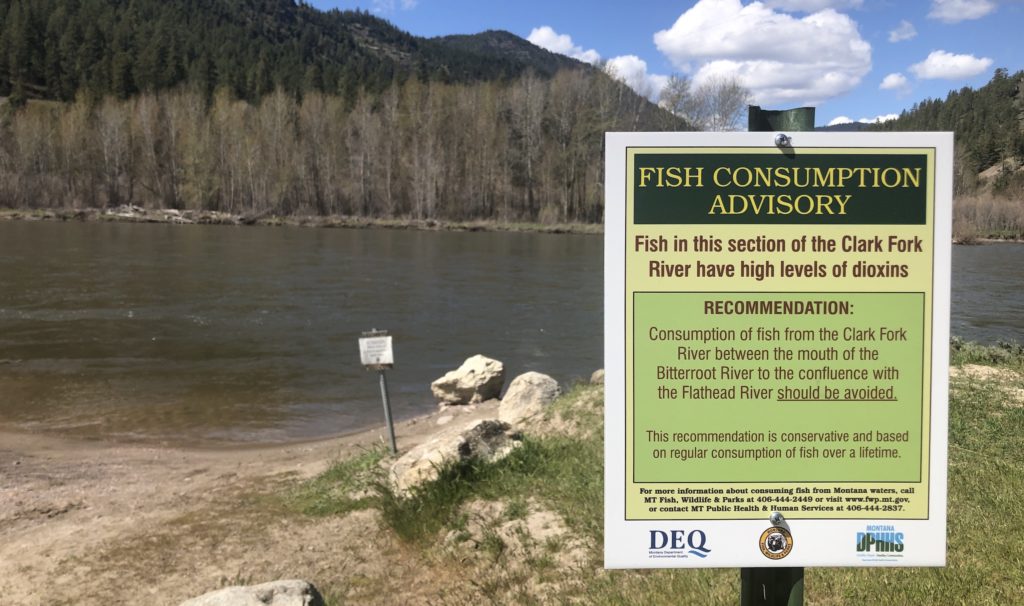
Clark Fork River
The Clark Fork River is in the heart of our ancestral homelands, but it’s like being punched in the gut when you have something like Smurfit in that location. We want to restore the floodplain, reclaim lost pieces of our culture, and honor our treaty and our ancestors.
Tom McDonald, Council Chairman for the Confederated Salish and Kootenai Tribes
Most endangered rivers
Threat: Pulp Mill Pollution
The Clark Fork is a regional boating and angling destination and supplies some of the richest habitat in the lower 48. Throughout European settlement and industrial development, the Clark Fork was the backbone of large-scale enterprises that left a legacy of pollution and ecological damage. Community members, advocates, Tribes, and government officials are among many who have been helping to heal the river, however, the shuttered Smurfit-Stone pulp mill threatens to reverse the gains made. Sitting along four miles of the Clark Fork downstream of Missoula, Montana, Smurfit-Stone is poisoning the groundwater and river with dioxins and heavy metals. These pollutants threaten fish and wildlife and put the health of Tribal subsistence fishers at risk. Through federal Superfund law, the polluters are responsible for cleaning up the site.
American Rivers appreciates the collaboration and efforts of our partners:
- Clark Fork Coalition

Protect the Clark Fork
Demand the EPA take action to eliminate the serious threat from toxins to the Clark Fork River by cleaning up the contaminated sludge ponds and waste dumps at the shuttered Smurfit-Stone mill.
